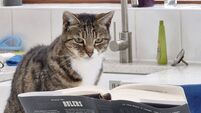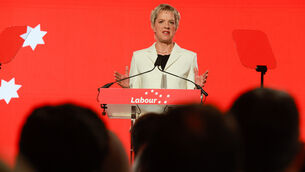Terry Prone: Falling for a dancer — but Patricia Ward wasn’t even aware of Gene Kelly’s career
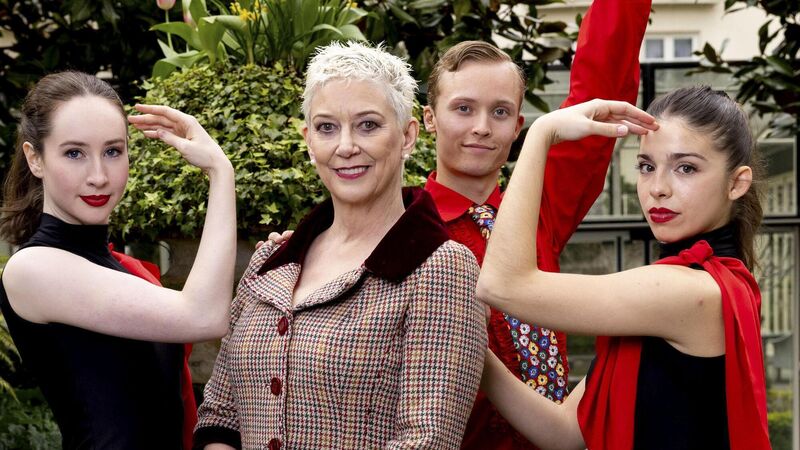
Patricia Ward Kelly with Ballet Ireland dancers Niamh O’Flannagain, Herman Keim, and Julia Razquin Gómara ahead of ‘Bold Moves’ which runs from April 16 to 23 in the O’Reilly Theatre, Belvedere College, Dublin.
Booted, tweed-suited, with a boy-cut French gamin haircut, the minute she arrived, you felt that maybe you should know her.
She had presence, but not the immediate recognisability of a film star. She introduced herself to others in the TV green room. Patricia Ward Kelly. Widow of Singin’ In The Rain dancing superstar Gene Kelly. In the studios to promote a show based on Kelly’s inspired choreography.
They met, the two of them, in the mid 1980s, when Gene Kelly was 73 and Patricia Ward was a 31-year-old scholar, an expert on the works of Herman Melville, a researcher, and an author who had never seen any of the actor/dancer’s films.
Her ignorance of his work may, paradoxically, have appealed to Kelly, because, unlike many of the people he met in his eighth decade, she didn’t start by comparing the man in front of her with the familiar cinematic version.
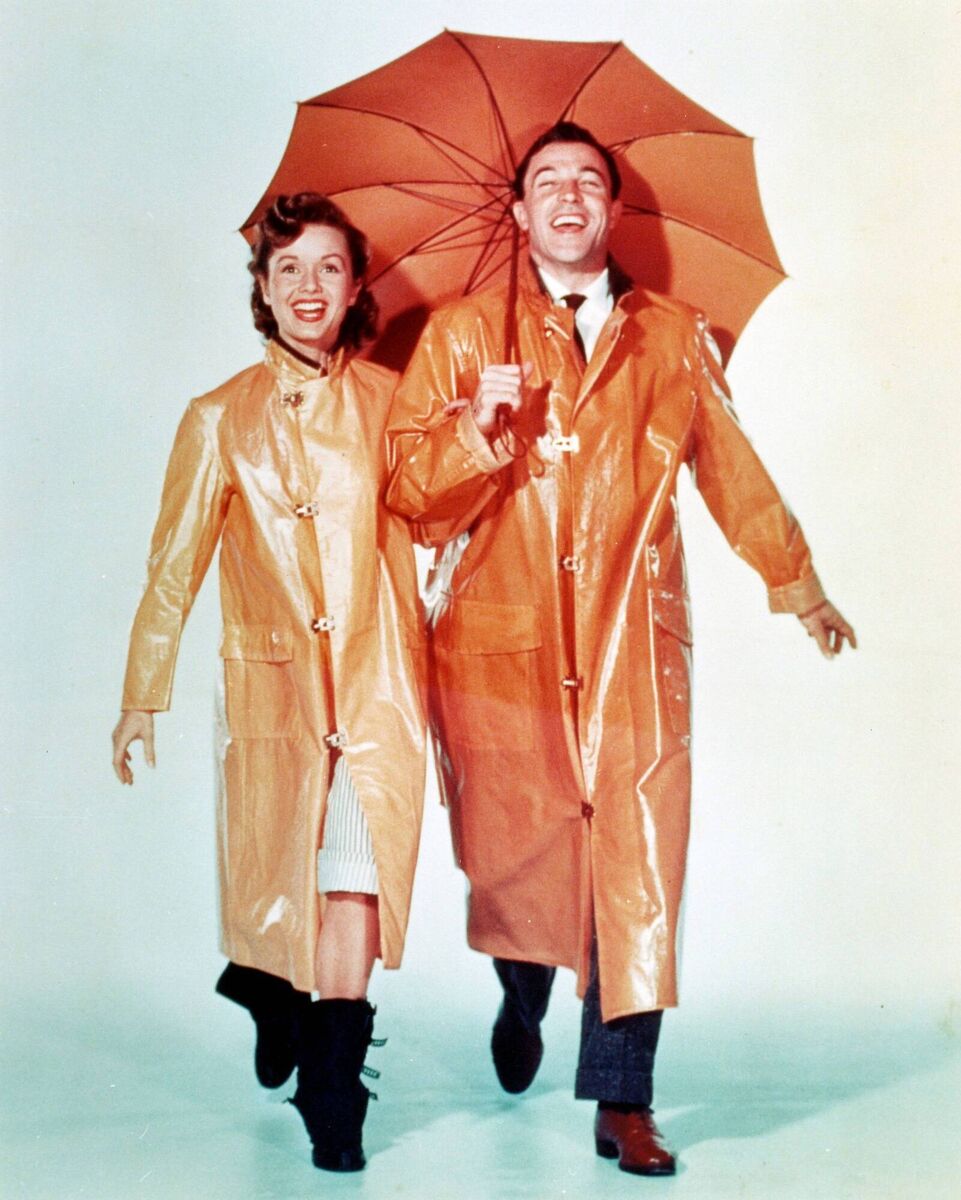
For most people, Kelly was the debonair athlete who could do any kind of dance with the proficiency of a Fred Astaire but with an apparently casual relish delivered with a sun-breaking smile, best exemplified in the breathtaking black and white sequence of him dancing in a downpour after saying goodnight to his new girlfriend, played by Debbie Reynolds.
Nothing happened directly after Kelly and Ward met, but, having thought about it for half a year, he contacted her to ask her if she would work with him on his autobiography. She would. And did, for five years.
When he was 77 years of age and she was 31, they married. Four years later, Kelly suffered a disastrous stroke. It was the first of three, the second of which left the man bedridden.
His first wife, Betsy Blair, a starlet who had married Kelly when she was 17, wrote a memoir which, in coded language, portrayed her successor as a gold-digger who exercised total control over him, gradually isolating him from his family.
Watching her across the busy green room at Virgin Media Television, the advice of Jessica Mitford came back to me.
The doyenne of journalism training maintained that any writer needed, when interviewing someone famous, to ask all of the soft flattering questions first, before hitting the interviewee with the cluster-bomb query.
That way, she maintained, you developed a trusting relationship, got your copy, and gained the advantage of surprise. That morning last week offered no time for any of that. I was on air in eight minutes.
Even though we hadn’t been introduced, I got straight to the point. How did she cope, I asked, with the widespread commentary asserting that she had controlled her husband’s last years, refusing to let his best friends visit him? She replied:
That was undoubtedly true of Kelly throughout his career. He was an obsessive perfectionist who knew what he wanted and insisted on getting it — when he was in the whole of his health. I suggested this to his widow, leaving unsaid the inevitable corollary that when someone cannot leave their bed, their carer can become all-powerful.
“Gene’s career was built on movement,” she said, explaining that, after his first two strokes, his movement was grievously constrained and that this went to the very identity and dignity of a man whose essence lay in fluid athleticism.
She added that, in 2007, she had suffered a similar stroke and still couldn’t feel the limbs on the right-hand side of her body, despite remarkable rehabilitation. The difference being that she had not built her sense of self on her capacity to make her body leap tables, dance in puddles, and maintain Olympian fitness. How catastrophic, by comparison, how fundamentally assaultive of individual identity, of personal pride, must have been the consequences of his strokes for Kelly.
The facts, she stated, were that when friends wished to see Gene Kelly, she would always ask him if he wished to see them. He rarely did.
As time went on, it became obvious that the presence of past pals was painful to him. It was no comfort to have an old colleague sit at his bedside when the onus fell on the patient to entertain the newcomer, rather than vice versa. No comfort to register that the visitor was stunned by the contrast between their memories and the relict of the superstar, and to have to listen to questions like “How does it feel to be so limited?”
Up to a point, Kelly could crank up the charm and entertain his visitors but it quickly became an exigent task rather than a welcome relief.
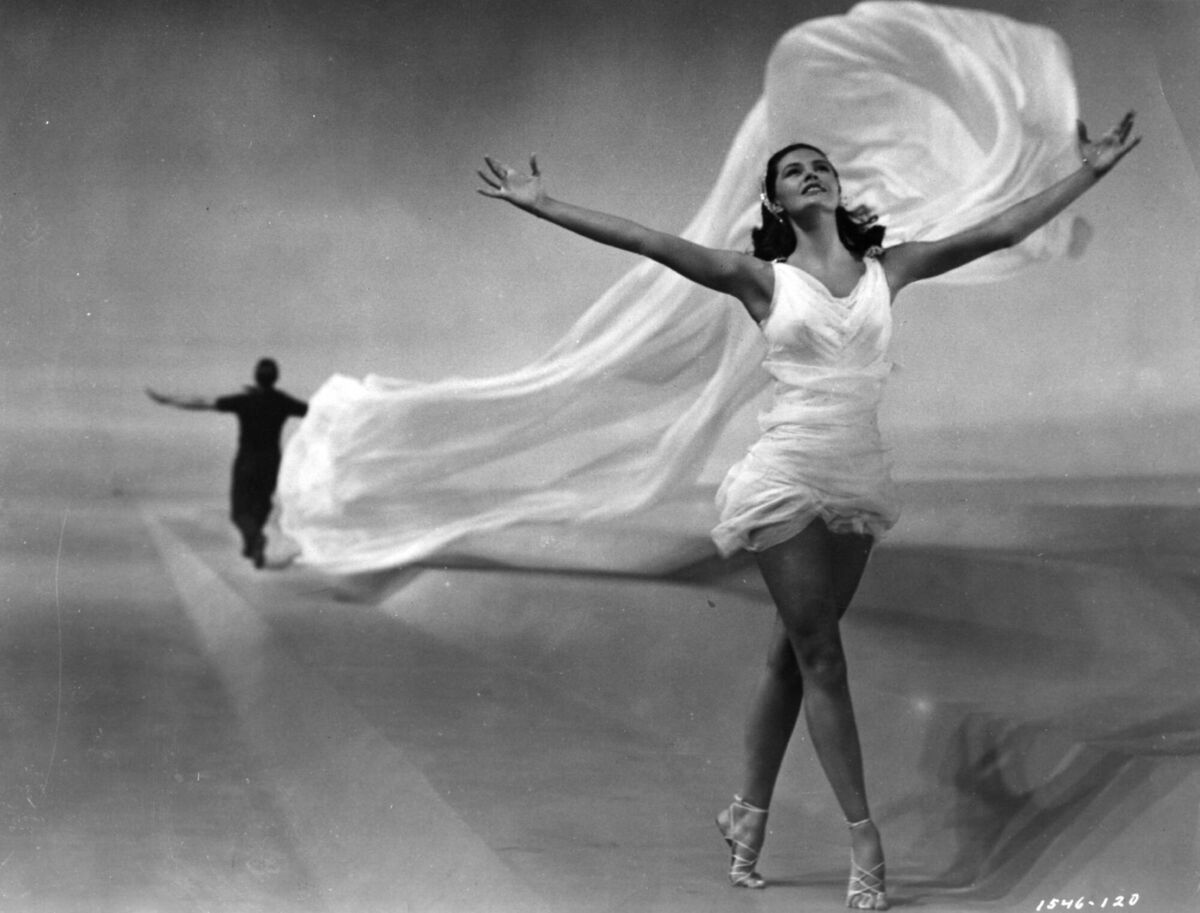
According to Patricia, Kelly quickly developed his own coping mechanism. It was simple, she said. He would close his eyes. Nothing more than that. He was done with the visitor, but he never said so. He simply disengaged in the only way so crippled a man could disengage: hiding in silence behind his closed eyes.
The belief that friends and fellow stars were dying to see him, to stay in contact with him — that belief, she suggests, was a myth. She doesn’t describe it was a self-serving myth. Just indicates that many of Kelly’s former colleagues never surfaced in his life, one way or the other, once he was immobilised by his condition. They never sought to see him. Ward Kelly makes no judgement against them. It was just an experienced reality.
She did, she says, often ask Kelly who he would like to see, willing, as she was, to contact the willing faithful friends. Once, he nodded enthusiastically. Yes, yes, he would love to see Saul Chaplin.
She contacted Saul and he drove from Palm Springs to where the Kellys then lived. She sketches out their relative positions: Kelly in the centre, propped up in the bed, on one side of which she sat, with Chaplin on the other side, closer to the top.
“Saul bolted,” she shrugs. “He just bolted and we never heard from him again.”
It was, accordingly, devastating to her when she was credited with causing Kelly a forced unsought isolation. A prestigious west coast newspaper contacted her when Kelly’s first wife’s book came out.
She recounts how, having told the journalist that she wished the first wife well, she was hit by endlessly repetitious questions freighted with the first wife’s negative portrayal of her successor and invitations to lash out at the author.

She turned down the invitations.
Forty years had elapsed between Kelly’s first and second marriages, she observes. It’s up to the listener to infer that Blair had no first-hand knowledge on which to base her denigration.
Ward Kelly did talk to lawyers about taking legal action against books which portrayed her as a negative controlling force in the dancer’s last couple of years but decided against it.
“How could I prove them wrong? I might not do anything but help them sell more books.”







